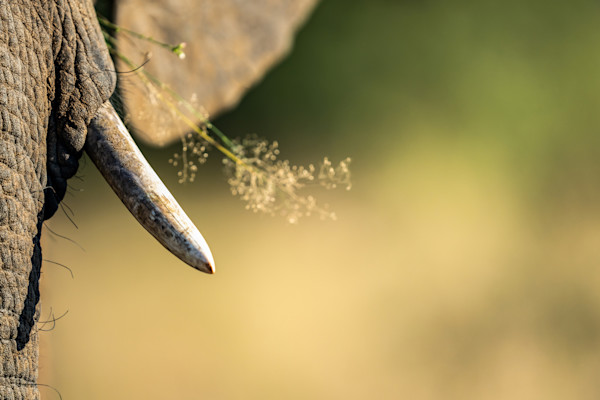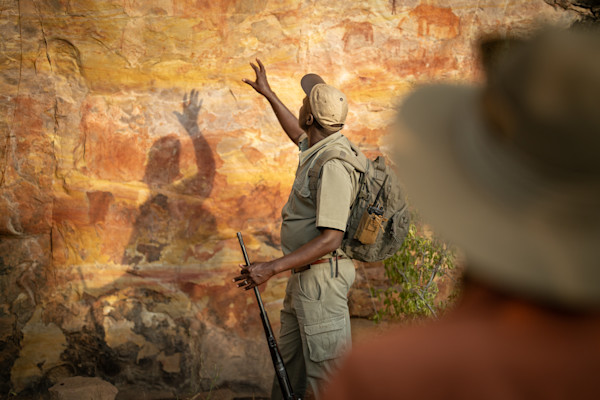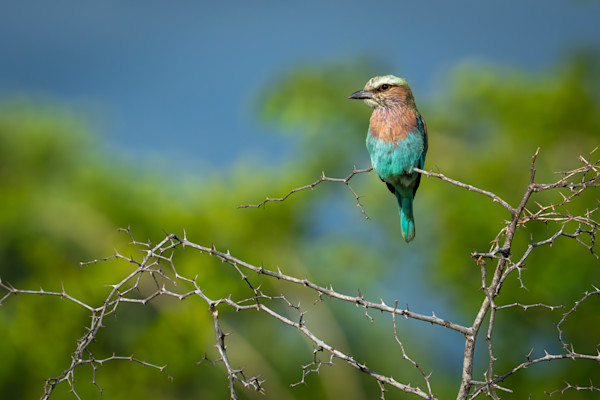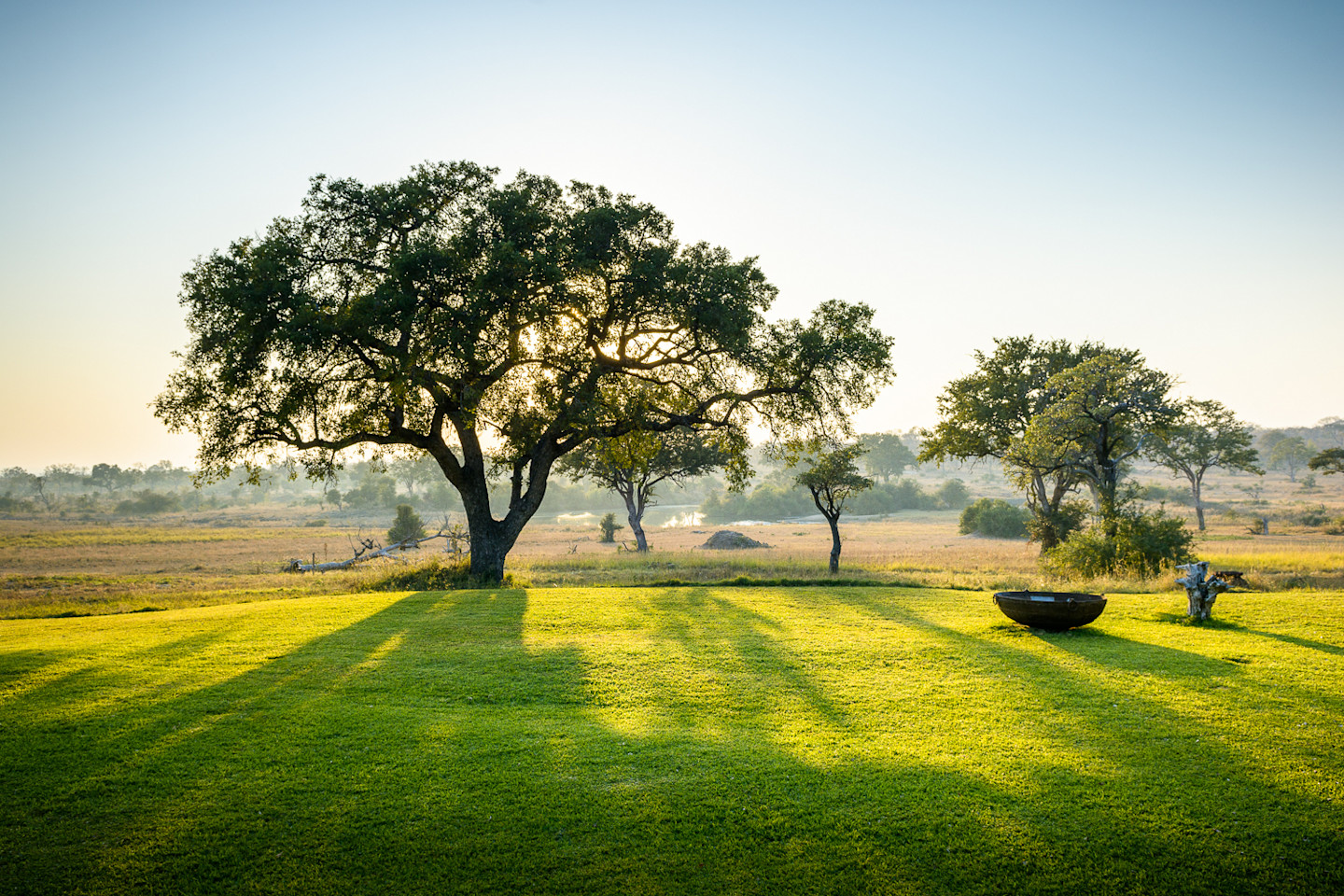
July 2024
Conservation
People of Singita
Lodges and Camps
Castleton – where conservation writes the story
in ConservationShare:
Castleton – where conservation writes the story
Chance encounters can often lead to life-changing events. For Dave Wright, bumping into his old university friend, Luke Bailes, on a railway line in the Sabi Sand Nature Reserve in the early 1980s was one such moment.
At the time, Dave was a guide and land manager in the Sabi Sand. It was a clear case of serendipity – Luke was looking for someone to rehabilitate the property, and Dave was always ready to take on a new opportunity, especially if it had anything to do with taking care of the environment.
"The objective was to rehabilitate the place and turn it into a viable game and conservation property – with conservation being at the core," he says. "I don't think Luke and I understood the potential for ecotourism at that stage; we were just getting the property to be the best it could be.”
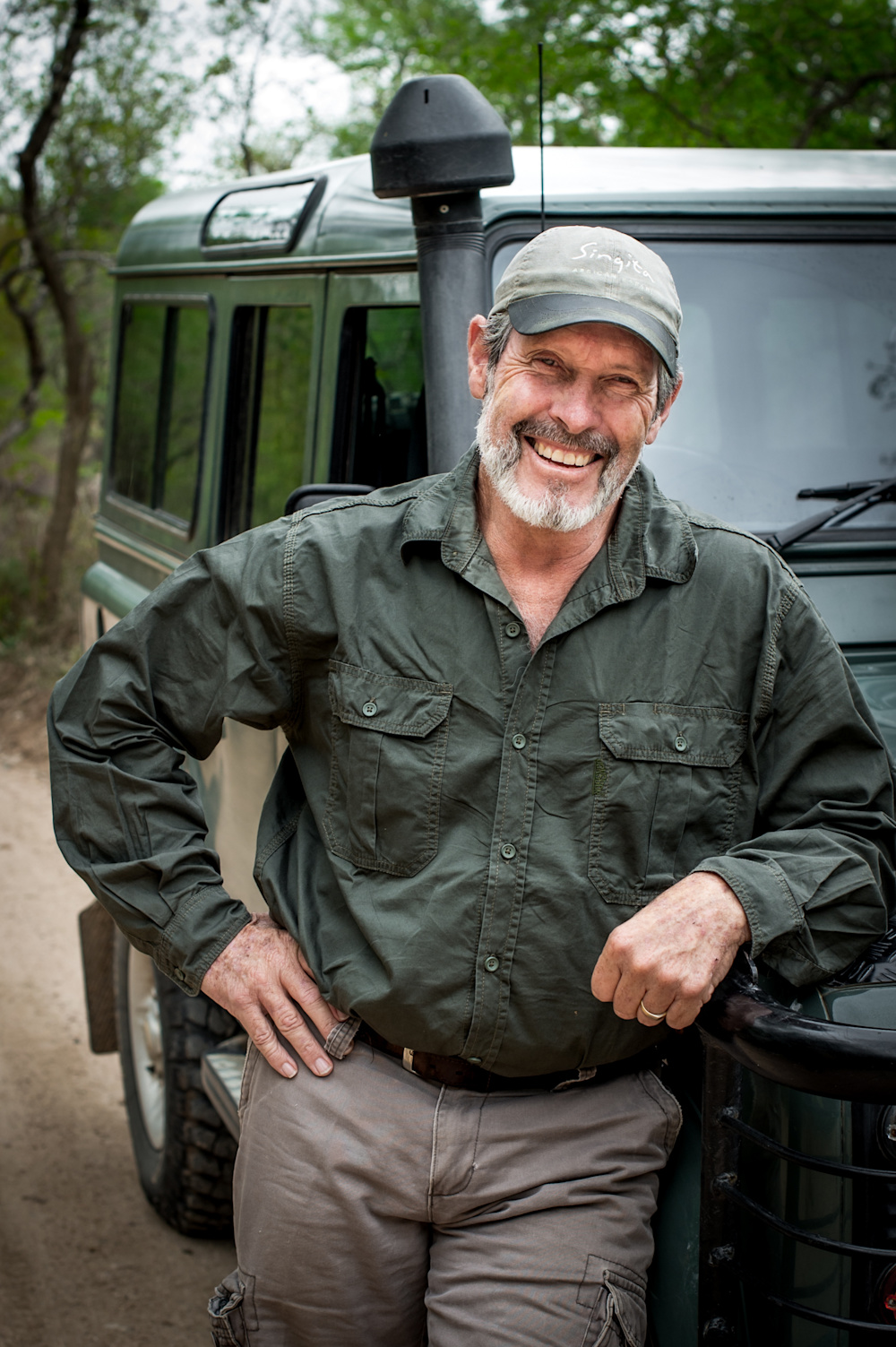

A chance encounter with founder Luke Bailes nearly 40 years ago saw Dave Wright start on a journey to become Singita's Environmental Manager
Way back when
Castleton was initially owned by Luke's great-grandfather, Jim Bailes, who bought it in 1926. It was mothballed during the Second World War, but in 1970, the Bailes family decided to build a homestead on the property to be used as a holiday retreat. And it was. A much-loved wild and wonderful playground with a definite sense of magic, but not without drama. Over the years, Castleton has experienced a lot – including the devastating fire of 1989, the floods of 2000 and 2006, and the droughts of 1982 and 1993, but somehow still stood strong.

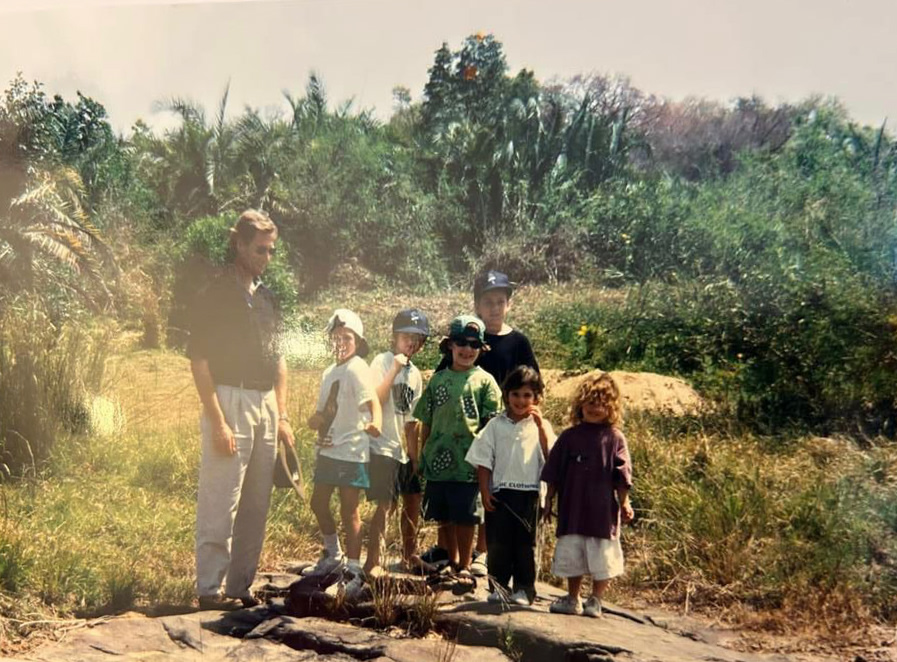
Over the decades Castleton has been through many incarnations and faced many challenges, and has evolved over the years from a family home into one of Singita's most beloved and storied properties
“The resilience of the property and landscape in the lowveld is truly amazing, especially once restored to its natural state,” says Dave. He points out that rehabilitating the property took some doing, with regular visits from lions, leopards, buffalo, and elephants making field work with the teams ‘challenging but… interesting’.
"We did a lot of bush-clearing, soil erosion control and rehabilitation around this area to keep it open and have good visibility. And, quite honestly, now Castleton has the best game viewing in the Sabi Sand."
He says their main restoration work involved implementing a ‘micro-catchment management system’. This approach was designed to reinstate perennial water flow in the main drainage lines, which feed into the Sand River, and was quite a feat. “The culmination of this was the reinstatement of permanent water in the Sand River’s Mobeni tributary through the dry season.”

The tireless work over time that has gone into environmental restoration within Singita Sabi Sand has paid off – with perennial water flow reinstated and remarkable game viewing just some of the visible results
A timeless transformation
The homestead and the landscape have evolved with the times and the seasons and Dave says it has been a fascinating journey to have been there through all of the property’s many incarnations.
"Castleton has gone from a basic family camp, which we ran on gas, paraffin, and wood. There was no electricity or anything here for years," he says. The camp has developed over time, and elements were added and improved – it now has a gym, tennis court, wellness centre and yoga studio.
While the homestead is modern and open, the decor and design of the spaces honour the family-friendly feel – with beautiful fixtures, eclectic wallpaper, family memorabilia, books and maps and huge comfortable sofas and spaces to enjoy the views from any angle. The lush gardens and huge trees are ideal for picnics or light family lunches under the trees, or even a sound-bath treatment, complete with a few impala observing curiously from the other side of the dam.
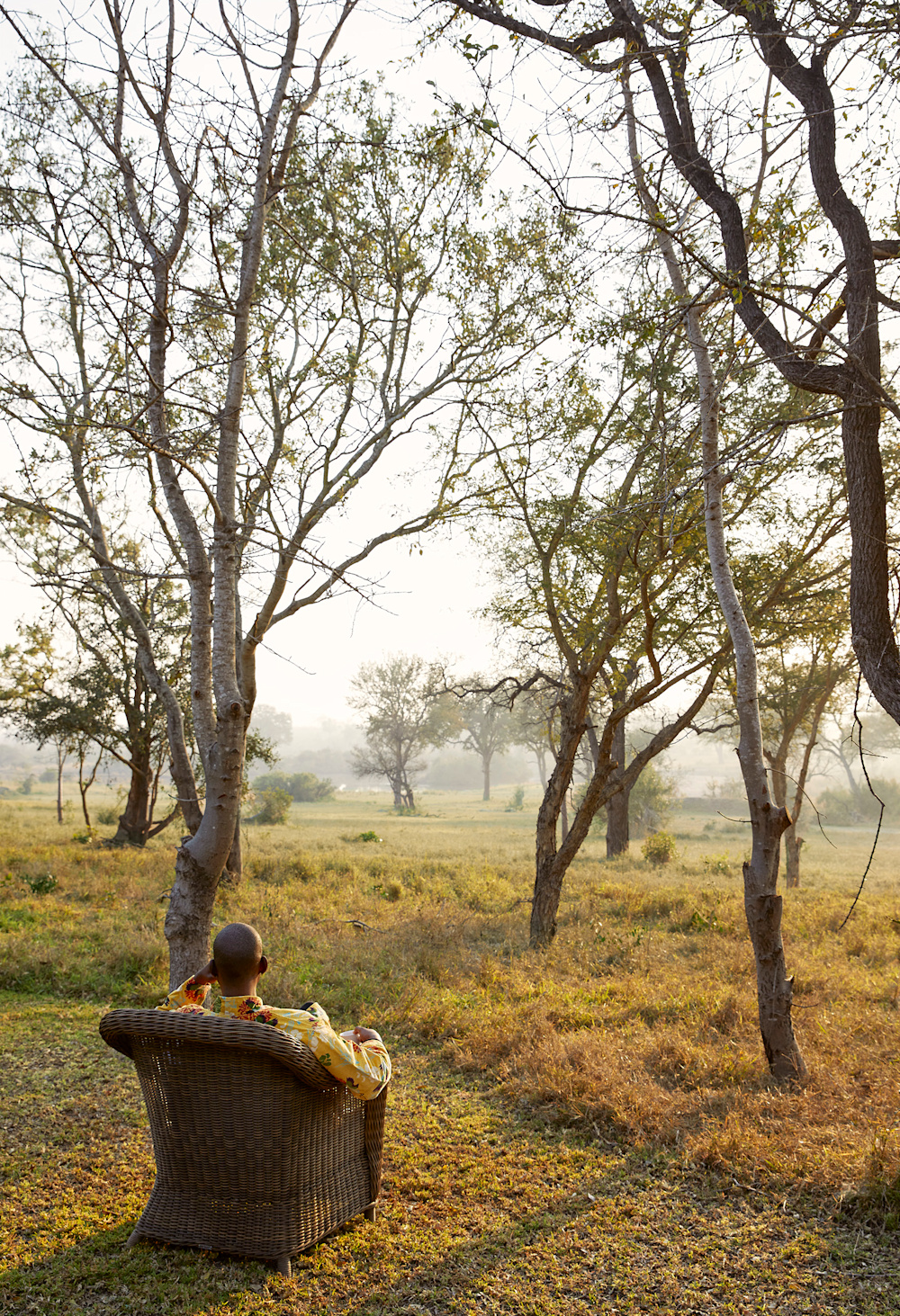

While Castleton has changed significantly since its days as a family camp, it still holds a comforting and nostalgic sense of home
Continuing to tread the earth lightly
Dave is proud that the property continues to have a very light ecological footprint. He says, “Castleton is very sustainable and totally unique; it was and is a family camp. It's exclusive – there's nothing else around it.”
Due to the conservation measures in place, an incredible woodland has developed, he explains. The planting of indigenous trees and protection from the impact of elephants has created a unique forested oasis in the Sabi Sand Nature Reserve. "We've got the most amazing trees," he says. "And if you fly over Castleton, you can see it for miles."
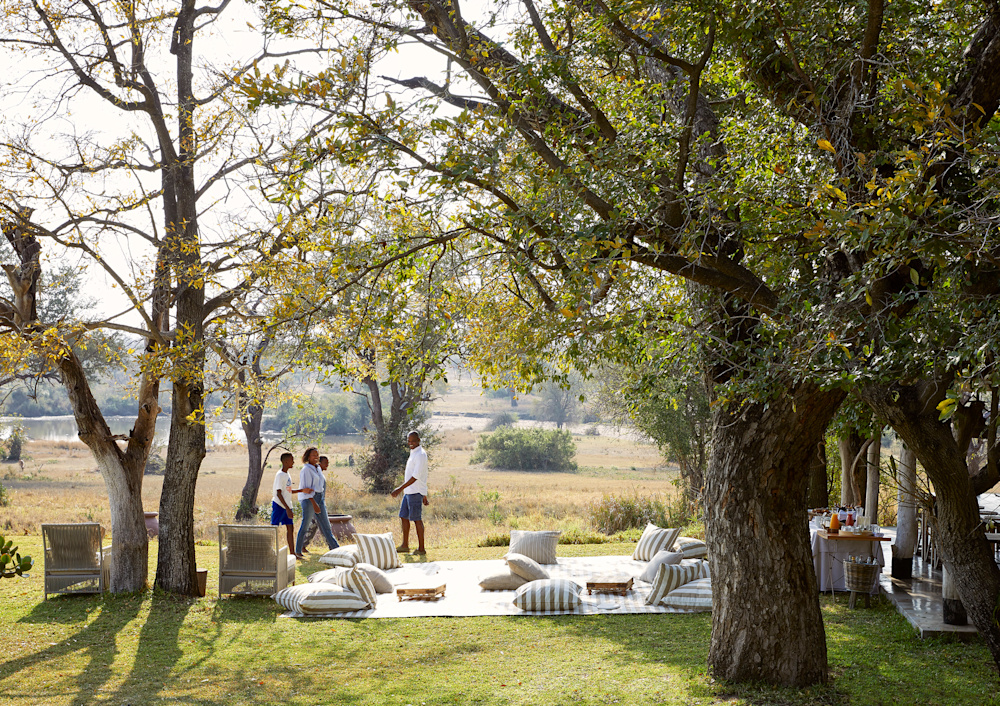
A peaceful, treed oasis, Singita Castleton's successful transition and transformation tells the story of a vision seeded many decades ago to create something special in the Sabi Sand
Over time Dave has watched Castleton grow and become something very special – a place steeped in history but where modern families can enjoy time together in a gracious home, where they have a great sense of freedom and comfort. "We never dreamt that Castleton would be such a success. We worked hard over the years to achieve that,” he says.
That chance meeting on the railway line 40-plus years ago was a life-defining event for Dave. A path well taken. And well travelled.

By Denise Slabbert
Author
